Clock Tower: Rewind's Scissorman is the original survival horror stalker, and it still makes me want to cry
Now Playing | This 16-bit horror is obtuse, but soaked in Dario Argento-style vibes its pitch-perfect scares are well worth revisiting
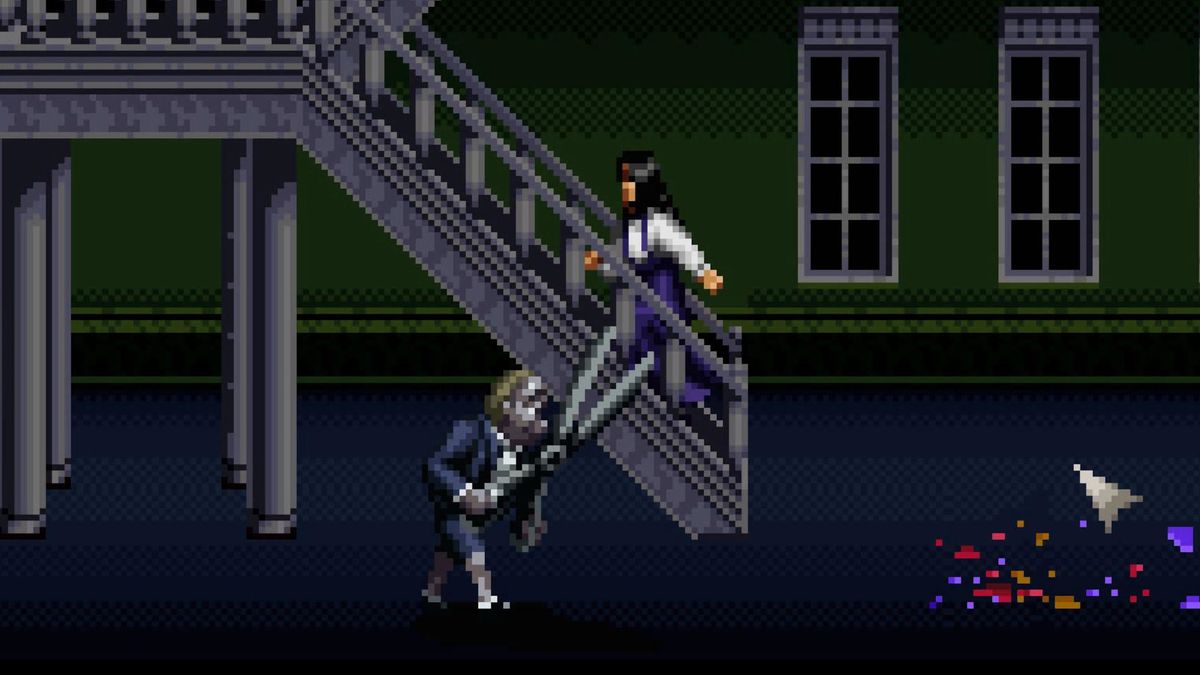
Can you hear that? Something down the hallway, perhaps? Ah, no, it's actually the sound of a million streamers in chorus, desperately trying to escape a pursuer enemy in a horror game they're playing. And you'll have no judgment from me. I'm just as vocal in the same situation. Be it Five Nights At Freddy's, Alien: Isolation, or Resident Evil 2, being hunted by an unstoppable terror will always terrify me.
It's a hook that's become easier to pull off in the modern era as game technology has gotten better. Yet it's remained a hard trick to pull off for a long duration. But what if I told you one of the earliest games to do it, Clock Tower on the SNES, wasn't just one of the most influential horror games ever in how it pulled it off; but that even today it still terrifies me to my stainless steel core? The series has long had a cult-following, but the very original, released in 1995, has only just been officially released outside of Japan with Clock Tower: Rewind.
The set-up is simple. Jennifer and her fellow orphan friends have been led by their tutor, Mary, to a mysterious manor in North Europe known as Clock Tower, in order to meet their new adoptive parent. Not only is this massive manor in the middle of nowhere, but its innards feel just as empty – nobody is there to greet them. When Mary goes to find someone, she doesn't come back, and when Jennifer goes to look for her, she returns to find her friends have also vanished.
Deliberately repetitive hallways are truly hard to follow, a noose-knot you must untangle.
With multiple routes, what follows as Jennifer tries to survive with as many friends intact as possible is a mix between Schrodinger's serial killer and throwing darts dripping with blood at a target. Which of your pals die is determined by which events involving their distressingly mangled corpses you end up witnessing, and to add to this each playthrough randomizes the placement of key rooms and items. It gives the sense that these deliberately repetitive hallways are truly hard to follow, a noose-knot you must untangle.
Scissorman cometh
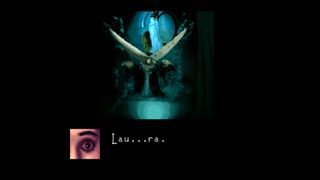
That alone would be bad enough. But being alone is not a luxury Jennifer is allowed. On a primarily 2D plane, she walks through the halls as disconcerting sounds punctuate the otherwise silent score, from screams to distant telephone ringing. Her walk speed is glacially slow, and jogging quickly uses up stamina. Controlled like a point-and-click game (the PS1 box art calls it a "horror adventure" – survival horror wasn't an established genre at the time), Jennifer has to return to the front of the room every time she interacts with something further in the background. It's all very sedate.
That is, until Scissorman arrives on the scene: a pursuing stalker enemy whose appearance is always punctuated by harsh synths and a rising tempo. A tiny, well-dressed boy whose face looks somewhat distorted in the detailed pixel art, he clutches a massive pair of scissors that constantly snikt-snikt-snikt as he relentlessly walks your way.
Sometimes he'll simply be inside a room or hallway you enter, turning his sights on you as you stumble in. But, more often than not, he has several dramatic entrances he can make throughout Clock Tower's many rooms. He'll crash down from a skylight right in front of you; he'll emerge from a tub of water in which a victim's body has been left to rot; he'll be standing behind a curtain when you check it (which, devilishly, is also a the spot in which one of the most important items in the game can sometimes be found). He'll even drop a ceiling panel in the music room to play a jaunty song with his feet on the piano as he sidles toward you.
Sign up to the 12DOVE Newsletter
Weekly digests, tales from the communities you love, and more
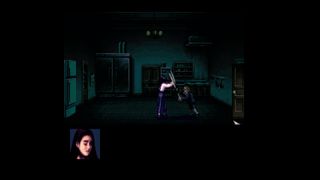
Scissorman's even been made slightly smarter in Clock Tower: Rewind's eponymous 'Rewind' mode (the very original SNES experience is also an option), pursuing Jennifer more relentlessly from room to room – thankfully, her stamina recovery has been tweaked slightly to match that as well.
Meet him head-on, and you can mash the action button to try to knock him over and run past. After all, you can only move left and right and in and out of doors, so there's only so many avenues to make your escape. Jennifer's stamina and health are one-and-the-same. Get too low, and she'll trip over as she runs, and be unable to fend off the Scissorman's attacks. If he gets you from behind, it's an instant Game Over.
Various rooms can contain hiding spots, such as behind cupboards, under beds, or just by locking the door to a bathroom – Rewind even includes some that were cut from the original release. Use one, and you can hunker down until he leaves. But they won't always work. Scissorman can smash down that bathroom door, for instance. While fans have swapped tips and tricks for ensuring you remain undetected over the years, director Hifumi Kono insists in Rewind's supplementary interviews that whether these hiding spots work is just as "random" as many other elements of Clock Tower.
Hide and seek
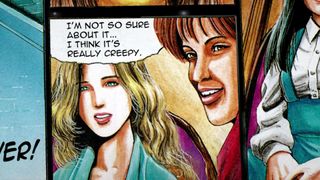
On a mechanical level, it kind of sucks, right? It's frustrating. It's slow-paced. It's deliberately unfair. But I love it. I'm obsessed! Considering all the limitations Clock Tower developer Human Entertainment faced, it feels wildly ambitious, from the dynamic chases to the gorgeously detailed artwork and soundscape (Kono cites Dario Argentino's films as a primary influence – specifically the likes of Suspiria and Phenomena).
Many of Clock Tower's tricks are, by the developer's own admission, relatively simple. But they all come together to create something that feels unknowable, mysterious, and genuinely arcane. While you can certainly learn how it all fits together to breeze through playthroughs, the 16-bit presentation manages to successfully blur the line for me in a way that modern games still struggle to do. After a while, in Resident Evil 2, you know where Mr. X is and isn't allowed to patrol. But in Clock Tower, I'm still not sure where Scissorman is going to come from next, and yes, he will make me scream.
Thanks to the shuffled nature of each playthrough, I'm going to panic while I try to remember which room had the hiding spot I've yet to use. Kono can explain how Clock Tower works as much as he wants, but when I'm wandering those halls myself… I'm not sure my lizard brain is capable of believing him? It transcends its limitations to become a deeper experience, and one that will always make me gloriously uncomfortable.
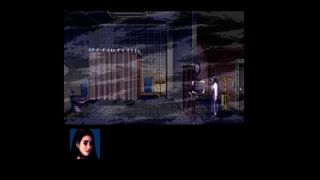
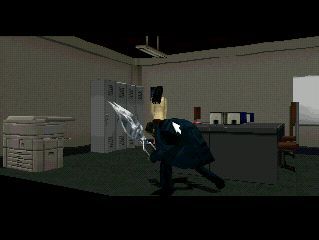
Clock Tower (Clock Tower 2 in Japan) released on PS1 in 1996, just one year later – the same year Resident Evil released. It features similar mechanics to the first game, but in three-dimensions. It still has fun moments, though it loses some of the original's atmosphere.
Clock Tower and Scissorman have gone on to inspire numerous other horror games and their stalker enemies. But it's not been easy to replicate. Even Clock Tower's own sequels, which moved to 3D, couldn't hit the same – though they're charming in their own ways. Pondering whether he'd ever like to return to the series in Rewind's interviews, even Kono seems to feel similarly, suggesting he'd rather return to it with a retro-style closer to the original than chasing bigger budget realism.
Lovingly presented, Clock Tower: Rewind is a wonderful release that doesn't just allow for an official way to enjoy the horror that started it all, but thanks to its enhancements it's the best way to play it. While its titular rewind feature is actually a bit rubbish – offering roughly five seconds to scrub through, it barely covers Jennifer's slow movement to look at a single object – the simple save system can still make the game a bit more approachable.
But it's a great fan package too, from the previously mentioned interviews with Kono, to new animations and motion comics, booklet scans, and even a fresh arrangement of the theme song Sharp Laughter with vocals from Mary Elizabeth McGlynn of Silent Hill fame. But most importantly, it recognises one of the most influential horror games of all time, finally giving the game its moment in the spotlight, and making it easier than ever for me to goad my friends into playing it. Walk, don't run (because of the scissors), to enter the Clock Tower.
Disclaimer
A copy of Clock Tower: Rewind was provided on PS5 by the publisher.
Looking for more to play? We've picked out the upcoming horror games that need to be on your radar. For right now? We have our best horror games right here! Looking for something scary that has some movie-like flair? The best games based on horror movies might be worth a look too!

Games Editor Oscar Taylor-Kent brings his Official PlayStation Magazine and PLAY knowledge to continue to revel in all things capital 'G' games. A noted PS Vita apologist, he's always got his fingers on many buttons, having also written for Edge, PC Gamer, SFX, Official Xbox Magazine, Kotaku, Waypoint, GamesMaster, PCGamesN, and Xbox, to name a few.
When not knee deep in character action games, he loves to get lost in an epic story across RPGs and visual novels. Recent favourites? Elden Ring: Shadow Of The Erdtree, 1000xResist, and Metaphor: ReFantazio! Rarely focused entirely on the new, the call to return to retro is constant, whether that's a quick evening speed through Sonic 3 & Knuckles or yet another Jakathon through Naughty Dog's PS2 masterpieces.
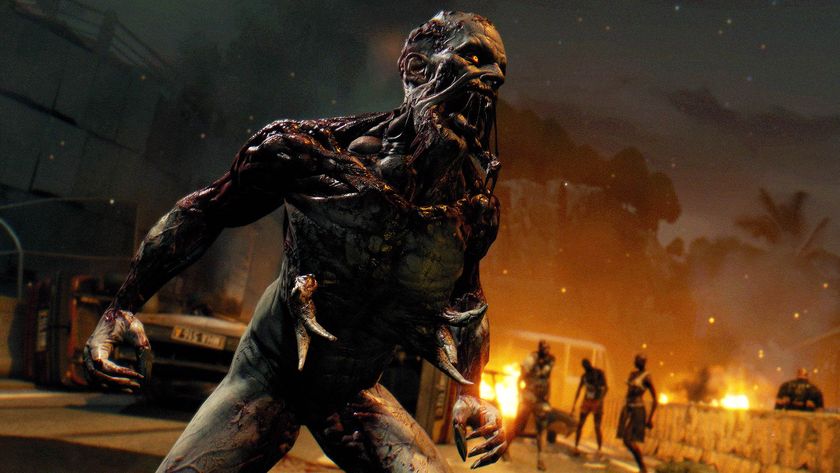
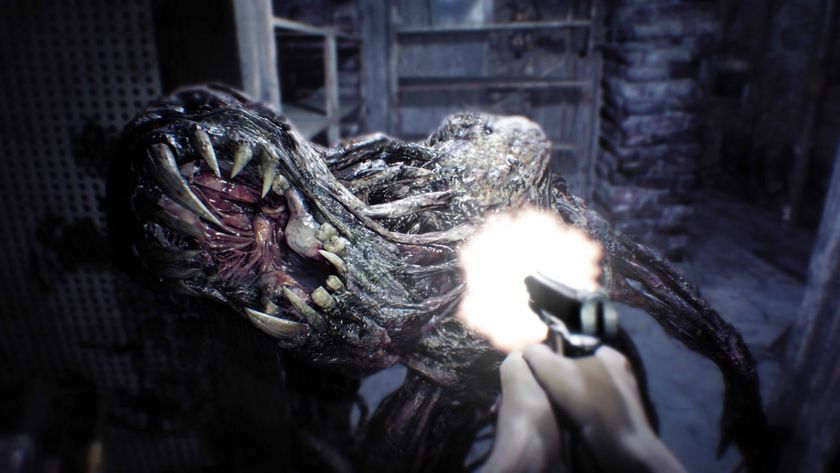
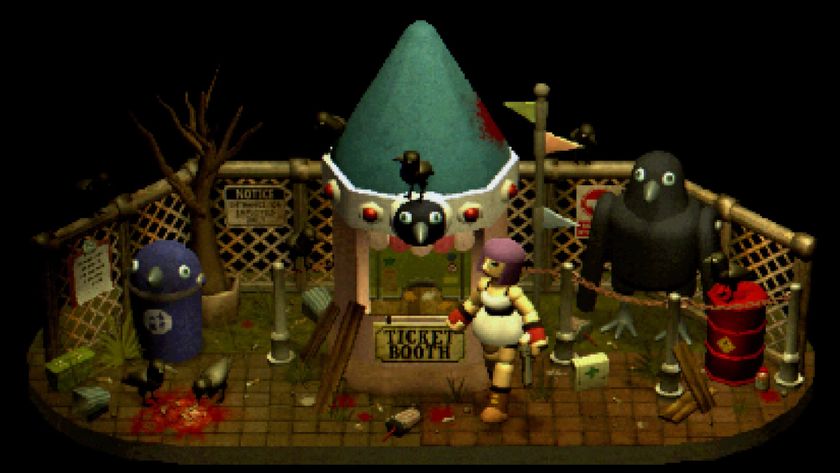
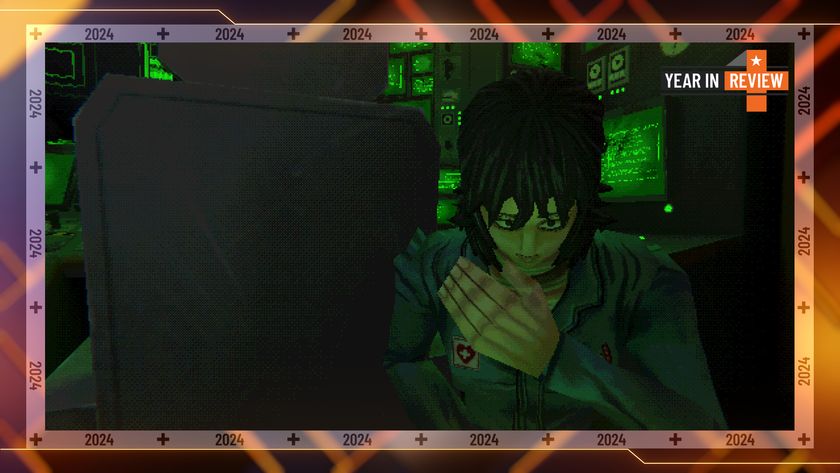
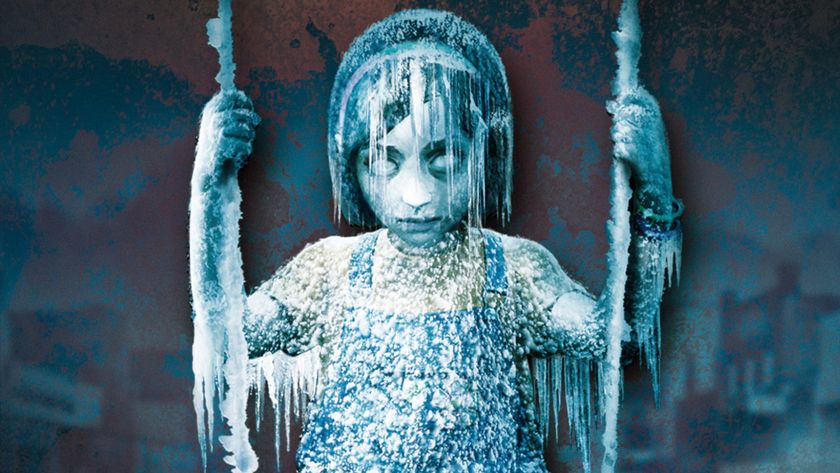
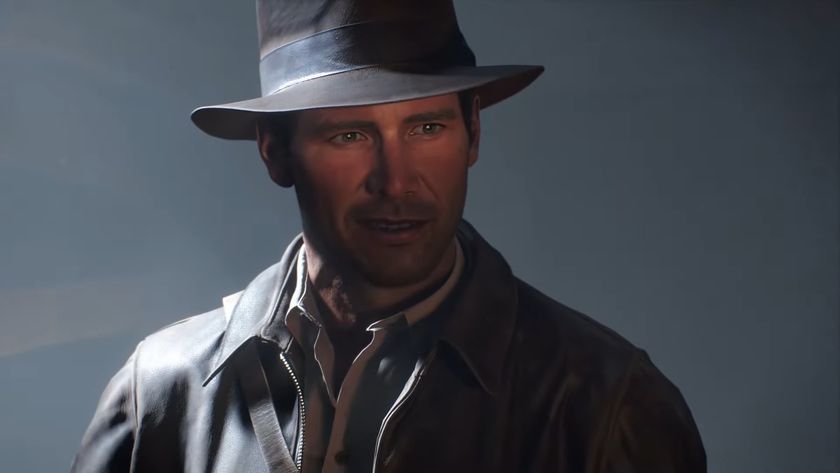

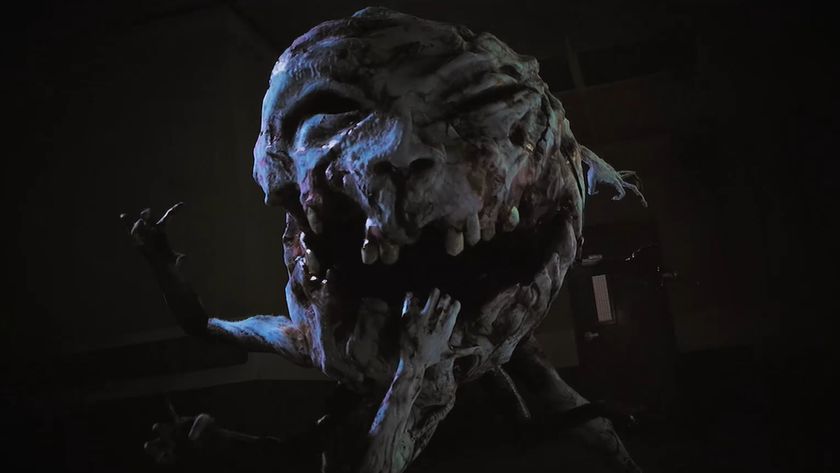
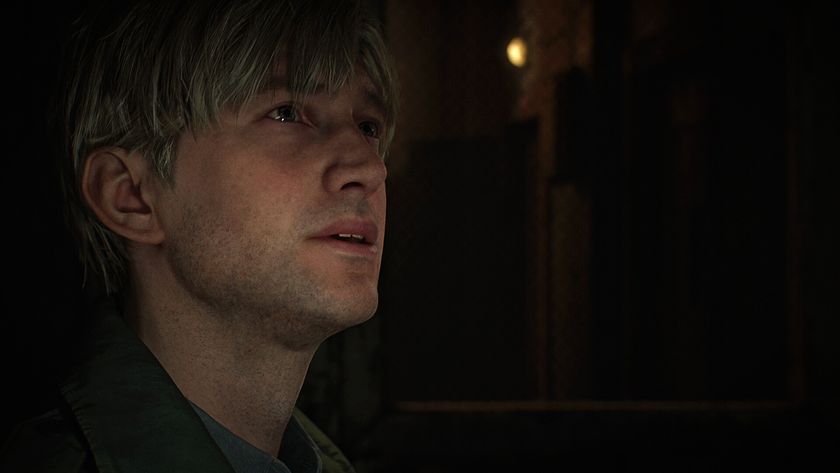
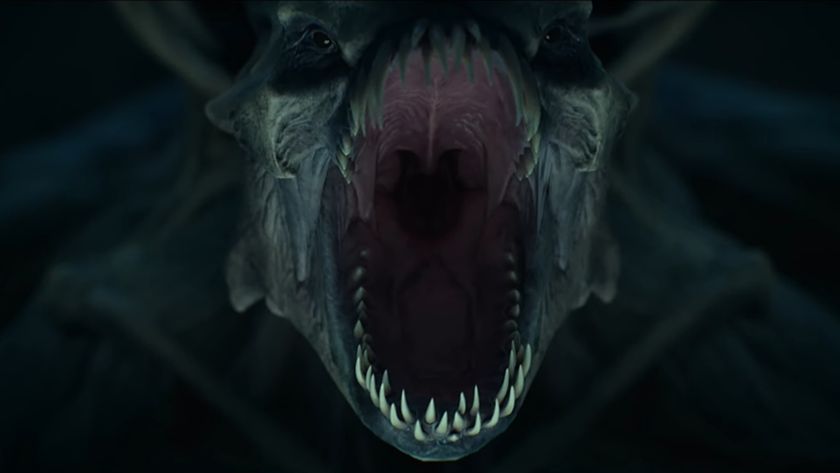
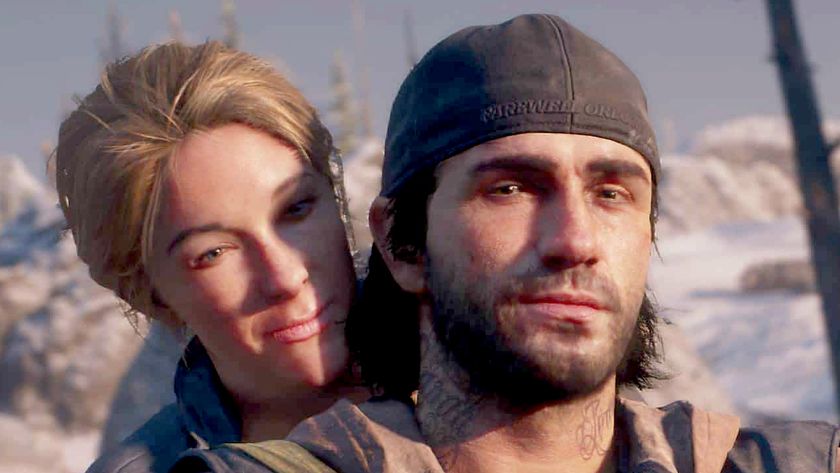
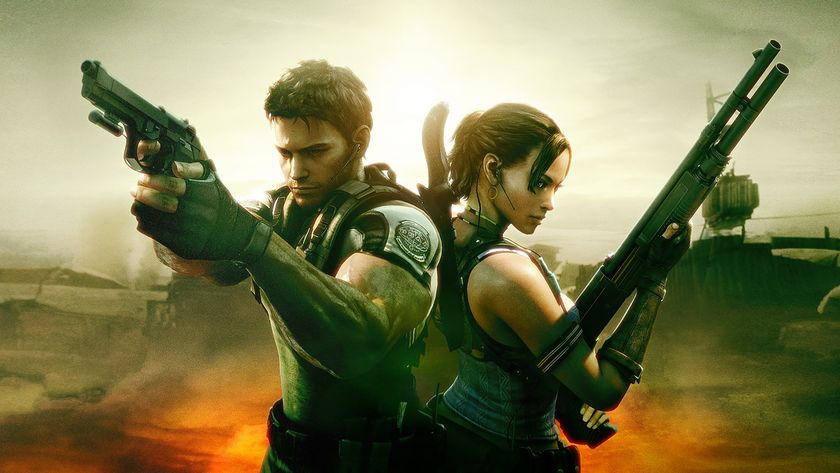







After 2 years of silence, the next mainline Silent Hill game is getting a dedicated stream this week with "the latest news"

This survival horror Steam Next Fest demo doesn't care that its puzzles are breaking me because it knows I'll stay for the immaculate Silent Hill vibes




